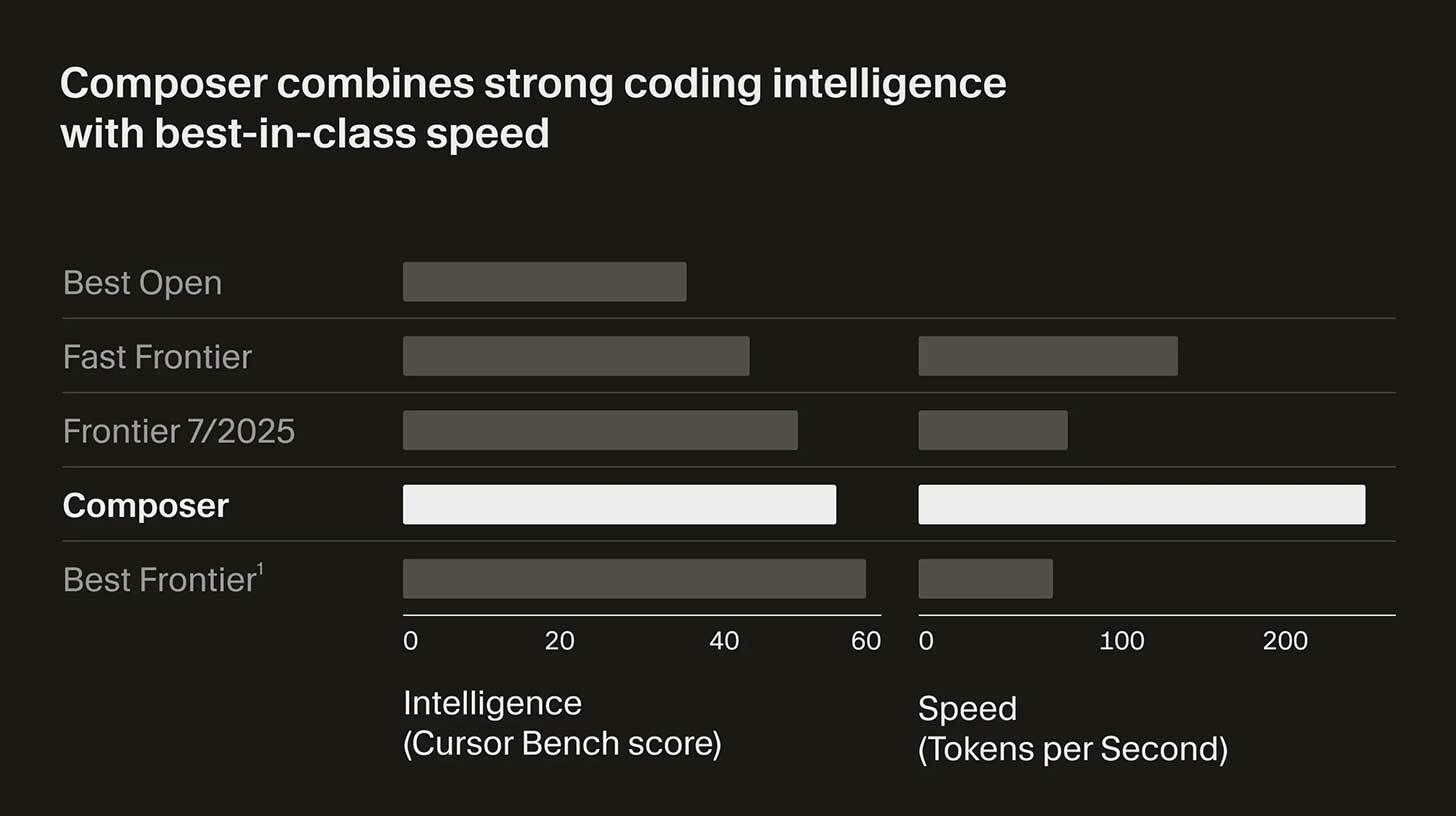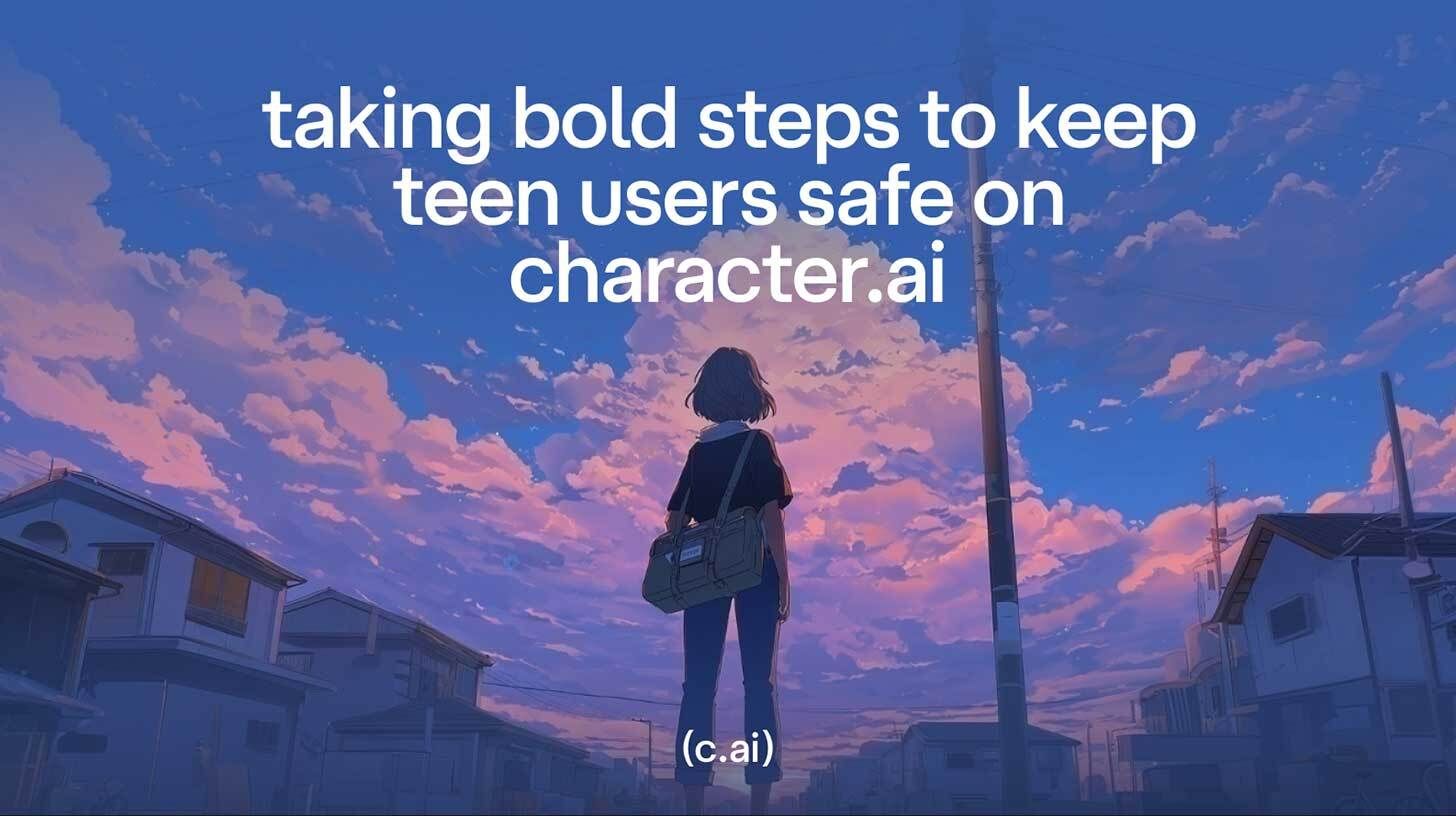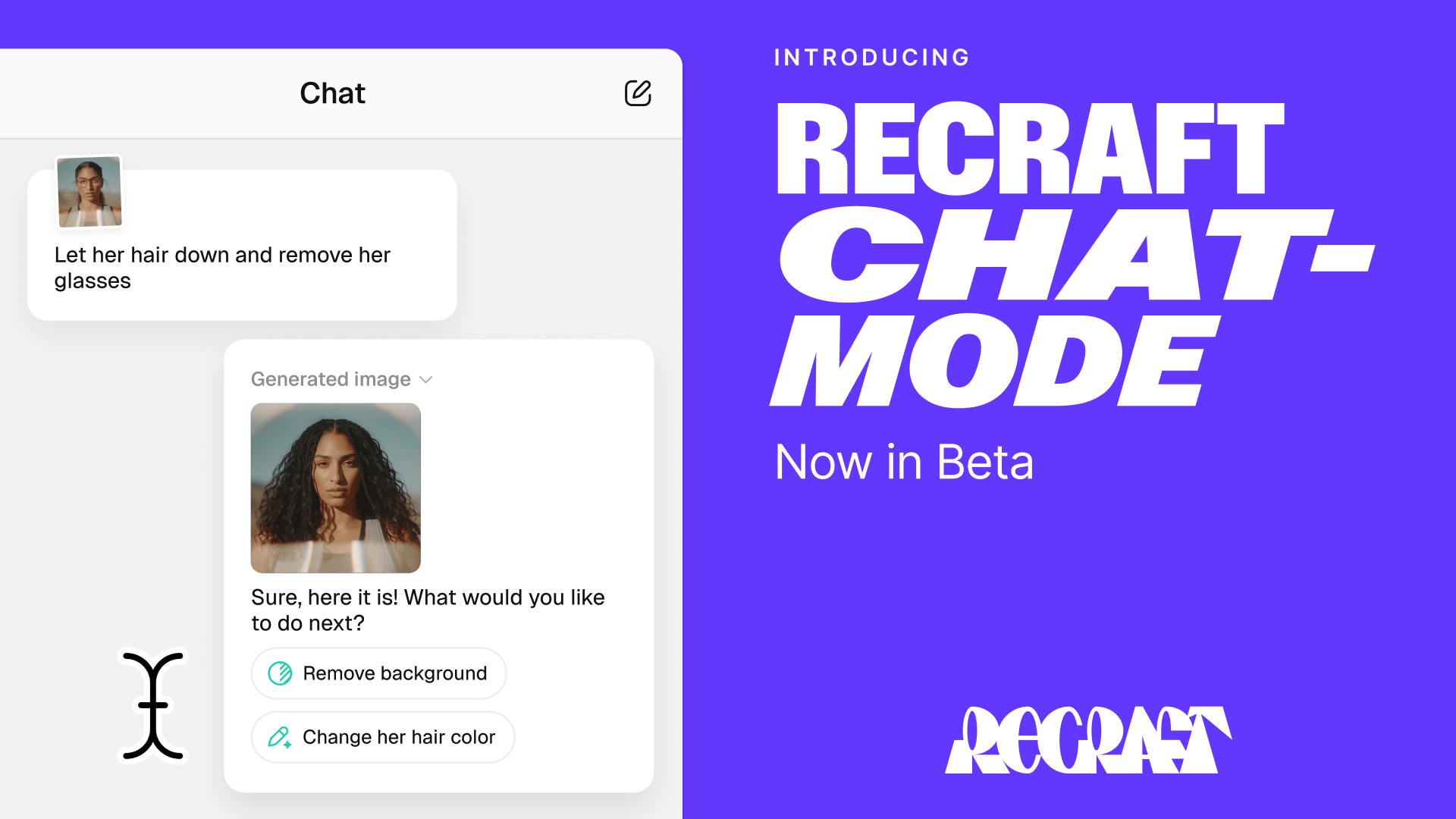Extropic's 10,000x AI energy breakthrough
PLUS: Patients control AI and robotics with thought
Read Online | Sign Up | Advertise
Good morning, AI enthusiasts. The numbers sound impossible: A 10,000x increase in energy efficiency to run AI models. The approach sounds even wilder: thermodynamic chips that use probability instead of processing.
With Extropic now shipping actual hardware to AI labs and promising a ‘0 to 1’ moment for computing, the industry's growing power crisis might have just found a solution.
Reminder: Our next live workshop is today at 4 PM EST! Learn how to build a Claude Skill to create professional, customized PowerPoint decks in minutes. RSVP here.
In today’s AI rundown:
Extropic's chip claims AI energy breakthrough
Cursor’s new coding model, 2.0 platform
Build apps using multiple agents in Cursor 2.0
Character AI blocks minors from conversations
4 new AI tools, community workflows, and more
LATEST DEVELOPMENTS
EXTROPIC
⚡️ Extropic's chip claims AI energy breakthrough

Image source: Extropic
The Rundown: Extropic just introduced thermodynamic sampling units (TSU), a new chip architecture that handles probability calculations instead of traditional processing, claiming the hardware can run AI models using 10,000x less energy than current GPUs.
The details:
Instead of working step-by-step like traditional GPUs, Extropic's chips generate probable solutions directly, trading precision for lower energy use.
The startup shipped its first development kit to AI labs and weather companies, plus open-source tools for researchers to test the approach.
Extropic will ship its Z-1 chip next year, designed to run a new type of diffusion model that creates images and videos by removing noise over multiple steps.
Founded by former Google quantum researchers, Extropic believes that energy limits will cap AI progress unless the industry abandons its current chip designs.
Why it matters: Led by Guillaume Verdon (revealed as the popular @BasedBeffJezos on X), Extropic has been teasing a paradigm shift in AI hardware for years — and today looks like a first major (public) step towards that vision. Whether the tech translates to real-world, production-ready systems at scale will be the trillion-dollar question.
TOGETHER WITH HUBSPOT
🧠 100+ ChatGPT prompts to revolutionize your workflow
The Rundown: HubSpot’s free, comprehensive “How to Use ChatGPT at Work” guide provides 100+ ready-to-use prompts to help professionals boost efficiency and adopt AI-driven workflows.
Inside, you’ll find:
A quick crash course to master ChatGPT in under 30 minutes
Practical industry use cases to spark real-world inspiration
100+ prompts to streamline tasks and accelerate productivity
Expert tips to tackle common AI roadblocks with confidence
Get your free copy and join 10,000+ professionals leveling up with AI.
CURSOR
🚀 Cursor launches new coding model, 2.0 platform

Image source: Cursor
The Rundown: Cursor just released Composer, the company’s first proprietary coding model that nears frontier capabilities with SOTA speed — alongside an overhauled 2.0 platform designed to run multiple AI agents simultaneously.
The details:
Composer achieves top-level intelligence while generating code roughly 4x faster than rival systems, completing most tasks in under 30 seconds.
The 2.0 platform release lets developers run up to eight AI assistants independently at the same time without interference.
Additional capabilities include integrated web browsing for documentation lookup, a native browser tool for testing, voice commands, and more.
Composer is Cursor’s first in-house model, marking the startup's first move away from relying exclusively on third-party AI coding systems.
Why it matters: Cursor is making a bold bet on how software development itself will evolve, designing for a future where engineers spend more time directing in a multi-agent space and reviewing work instead of directly in a code editor — shifting skillsets from pure coding ability to judgment, architecture decisions, and quality control.
AI TRAINING
🤖 Build apps using multiple agents in Cursor 2.0

The Rundown: In this tutorial, you will learn how to use Cursor 2.0's new multi-agent feature to build web applications faster by having different AI agents work on separate parts of your project simultaneously.
Step-by-step:
Create a new folder named "todo-list-app", open the Cursor application, click "Open Project", and select your folder (or drag-drop it into the Cursor IDE)
Click "Agents" button, then "New Agent" and prompt: "Create a plan to build a To-Do app using Next.js as Plan.md. Divide tasks for two dev agents working in parallel, and include integration steps and README"
Accept Plan.md, then click "New Agent" twice - prompt first with "Start Dev 1 tasks from Plan.md" and second with "Start Dev 2 tasks from Plan.md", review and accept changes from both
Ask one agent: "Complete integration from Plan.md, update README with run instructions", then open terminal and run: npm install, followed by npm run dev
Visit http://localhost:3000 to see your complete To-Do app built by multiple AI agents working simultaneously
Pro tip: Use the Voice button on the prompt bar to give instructions hands-free. Just speak your prompt and end with the word "submit" to send it.
PRESENTED BY RECRAFT
💬 AI image generation meets intelligent conversation
The Rundown: Recraft's new Chat Mode combines a chat panel with an infinite canvas, letting you generate and refine professional design assets through natural conversation—while maintaining full manual control when you need it.
With Chat Mode, you can:
Get contextual suggestions, prompt help, and discover capabilities as you work
Generate brand suites from logos or adapt existing designs in seconds
Maintain visual consistency with AI that understands your full creative context
Join the Beta waitlist for early access.
CHARACTER AI
❌ Character AI blocks minors from conversations

Image source: Character AI
The Rundown: Character AI announced it will prohibit anyone under 18 from having open-ended conversations with its AI chatbots starting in late November, coming after legal pressure from lawmakers and families who say the platform led to teen deaths.
The details:
Character AI will wrap up chatbot access for minors on Nov. 25, though teens can still use the platform to generate videos and images through creative tools.
The company will deploy in-house age detection tech that analyzes user behavior, prompting verification requests when it suspects an underage user.
Roughly 20M people use the service monthly, with fewer than 10% registered as minors — though the platform did not previously check ages during sign-up.
The overhaul follows the bipartisan GUARD Act proposed Tuesday that would fine companies up to $100,000 for failing to block minors from AI companions.
Why it matters: Character and OAI have been two of the most criticized companies over chatbot interactions with minors, and both have taken measures over the last week. With legal pressure only growing, age-gating may be the safest solution for everyone, though only time will tell how enforceable it truly is.
QUICK HITS
🛠️ Trending AI Tools
🗣️ Mozilla Data Collective - Community-built open speech datasets in 300+ languages*
⚙️ Composer - Cursor’s new fast agentic coding model
📣 Pomelli - Google Labs experiment for creating on-brand content with AI
🤖 Agent HQ - GitHub’s new ‘mission control’ for orchestrating AI agents
*Sponsored Listing
📰 Everything else in AI today
OpenAI released gpt-oss-safeguard, two open models that let devs set moderation rules and see how AI explains its decisions when classifying harmful content.
Google upgraded NotebookLM with new features, including a larger context window and memory, new customizable chat personas, and improved response quality.
TikTok introduced Smart Split and AI Outline, new AI tools to automatically convert longer videos into short-form clips and generate structured content outlines.
IBM released Granite 4.0 Nano, a family of compact language models ranging from 350M to 1.5B parameters designed for on-device use.
Grammarly announced a rebrand to Superhuman, launching a ‘Superhuman Go’ AI agent suite that works across apps to automate tasks like scheduling and research.
COMMUNITY
🤝 Community AI workflows
Every newsletter, we showcase how a reader is using AI to work smarter, save time, or make life easier.
Today’s workflow comes from reader Max S. in Las Vegas, NV:
"Currently, I'm using the Wispr app to speak-to-text this message. I love how it simultaneously fixes my grammar, as well as compresses my thoughts and puts them into concise, clear sentences. I've also recently been introduced to the ChatGPT Atlas browser, and it's been a game-changer in the way that I do research and integrate AI into everything I'm doing online. Efficiency is key."
How do you use AI? Tell us here.
🎓 Highlights: News, Guides & Events
Read our last AI newsletter: OpenAI, Microsoft renew their vows
Read our last Tech newsletter: Grokipedia is here, like it or not
Read our last Robotics newsletter: Nike's robotic sneaker
Today’s AI tool guide: Build apps using multiple agents in Cursor 2.0
RSVP to next workshop @ 4PM today: Build PPTs with Claude Skills
See you soon,
Rowan, Joey, Zach, Shubham, and Jennifer — the humans behind The Rundown

Stay Ahead on AI.
Join 1,000,000+ readers getting bite-size AI news updates straight to their inbox every morning with The Rundown AI newsletter. It's 100% free.







